Home>Technology>Smart Home Devices>How To Update My Wi-Fi Router
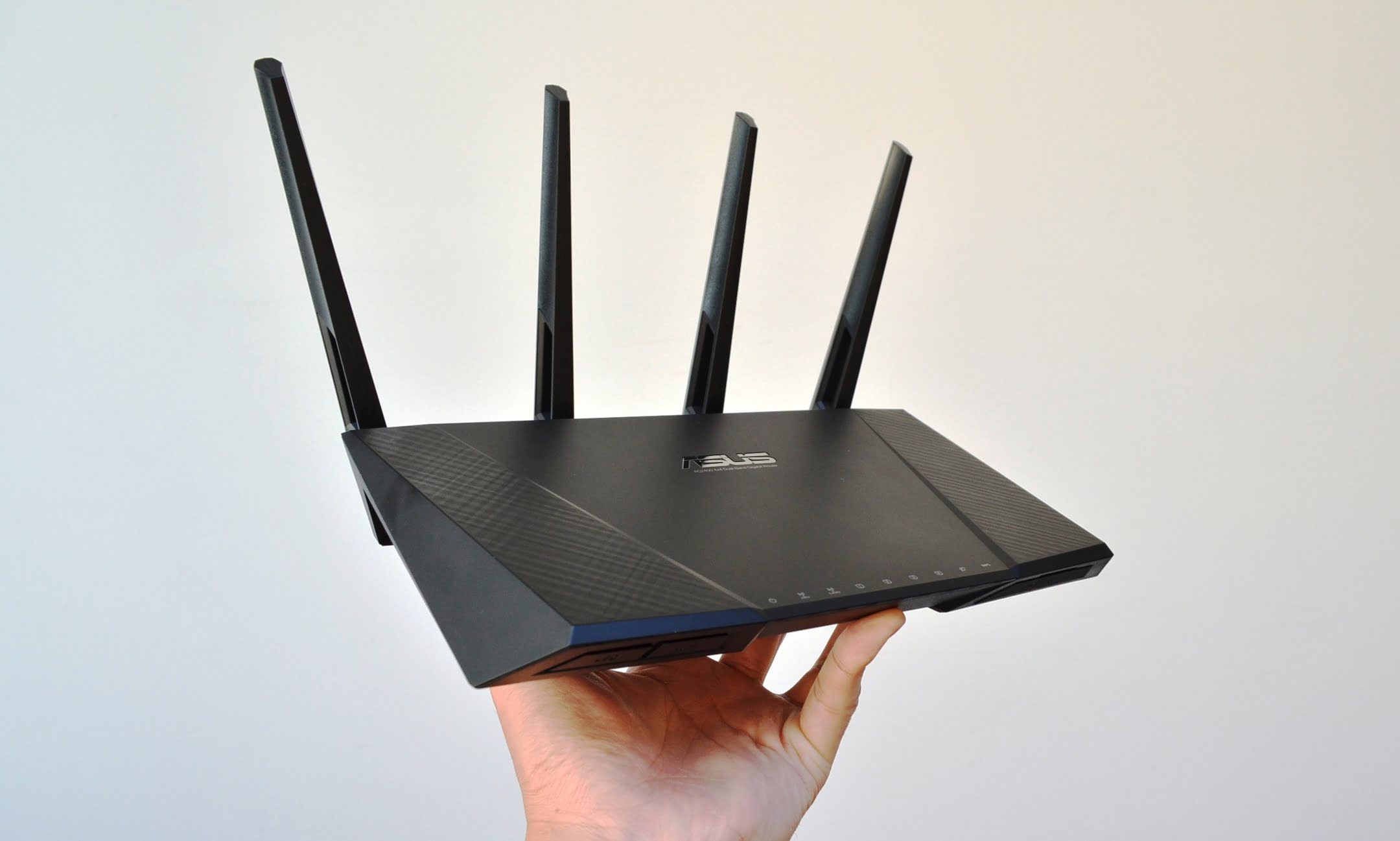

Smart Home Devices
How To Update My Wi-Fi Router
Modified: February 18, 2024
Learn how to update your Wi-Fi router for better connectivity and security. Get step-by-step instructions for optimizing your smart home devices. Unlock the full potential of your network with our expert tips.
(Many of the links in this article redirect to a specific reviewed product. Your purchase of these products through affiliate links helps to generate commission for Storables.com, at no extra cost. Learn more)
**
Introduction
**
In today's digitally connected world, a reliable Wi-Fi network is essential for seamless internet access and efficient communication. The Wi-Fi router serves as the cornerstone of this connectivity, facilitating the distribution of internet signals to various devices within a home or office environment. To ensure optimal performance and security, it is crucial to keep the router's firmware up to date. Firmware updates often include bug fixes, security enhancements, and performance optimizations, making them a critical aspect of maintaining a healthy network infrastructure.
In this comprehensive guide, we will walk through the process of updating a Wi-Fi router, demystifying the technical jargon and providing simple, actionable steps that anyone can follow. By keeping your router up to date, you can bolster your network's security, improve its stability, and potentially unlock new features that enhance your overall internet experience. Whether you are a tech enthusiast or a casual user, understanding how to update your Wi-Fi router is a valuable skill that can contribute to a smoother and more secure online experience.
So, let's embark on this journey to empower you with the knowledge and confidence to keep your Wi-Fi router updated, ensuring that it continues to serve as a reliable gateway to the digital world. Let's dive into the first step: gathering the necessary information to initiate the update process.
**
**
Key Takeaways:
- Keep your Wi-Fi router updated to improve security, stability, and performance. It’s like giving your router a power-up to keep your internet experience smooth and secure.
- Updating your router’s firmware is like giving it a software upgrade, unlocking new features and ensuring it stays reliable and secure. It’s an important step in maintaining a healthy network.
Read more: How To Connect My Wi-Fi Router
Step 1: Gather Necessary Information
Before initiating the update process for your Wi-Fi router, it is essential to gather the necessary information to ensure a smooth and successful update. Here are the key pieces of information to collect:
- Router Model: Locate the model number and manufacturer of your Wi-Fi router. This information is typically found on the router itself or within the documentation that accompanied the device at the time of purchase.
- Current Firmware Version: Access the router’s settings interface to identify the current firmware version installed on the device. This information is crucial for determining whether an update is available and understanding the changes that the new firmware will bring.
- Internet Connection: Ensure that your internet connection is stable and operational. A reliable connection is necessary to download the firmware update and complete the update process without interruptions.
- Backup Configuration: While not mandatory, it is advisable to back up your router’s configuration settings before proceeding with the update. This precautionary measure can safeguard your existing settings in case they are reset during the update process.
Gathering this information sets the stage for a well-informed and efficient update process. With these details at hand, you can proceed to access the router’s settings interface, the next crucial step in the update journey.
Step 2: Access the Router’s Settings
Accessing the router’s settings interface is a fundamental step in the update process. This interface, often referred to as the router’s admin panel or dashboard, allows users to configure various aspects of the device, including firmware updates. Here’s how to access the router’s settings:
- Connect to the Router: Ensure that your device is connected to the Wi-Fi network broadcasted by the router. You can do this by selecting the network from the list of available Wi-Fi connections and entering the network’s password if prompted.
- Open a Web Browser: Launch a web browser such as Google Chrome, Mozilla Firefox, Safari, or Microsoft Edge. In the address bar, type the default gateway address of the router. This address is typically a series of numbers such as 192.168.1.1 or 192.168.0.1. You can find this information in the router’s documentation or by searching for the default gateway address based on your router model.
- Enter Login Credentials: Upon entering the default gateway address in the browser, you will be prompted to enter login credentials. These credentials are often provided in the router’s documentation and may include a username and password. If you have not changed the default login credentials, they are commonly set as “admin” for both the username and password, or as indicated in the documentation.
- Access the Settings Interface: After successfully entering the login credentials, you will gain access to the router’s settings interface. This dashboard provides a user-friendly environment to configure various settings, including firmware updates.
Once you have accessed the router’s settings interface, you are ready to proceed to the next step: checking for available updates that can enhance the performance and security of your router.
Step 3: Check for Updates
Checking for available firmware updates is a pivotal stage in the process of updating your Wi-Fi router. By ensuring that you have the latest firmware installed, you can benefit from improved security, bug fixes, and potential performance enhancements. Here’s how to check for updates:
- Navigate to the Firmware Update Section: Within the router’s settings interface, locate the section dedicated to firmware updates. This section may be labeled as “Firmware Update,” “Software Update,” or something similar, depending on the router’s manufacturer and model.
- Initiate the Update Check: Once in the firmware update section, look for an option to check for updates. This may be represented by a button or link that, when clicked, triggers the router to scan for available firmware updates from the manufacturer’s servers.
- Review the Update Status: After initiating the update check, the router will display the current firmware version installed and indicate whether a newer version is available. If an update is available, the router will typically provide details about the changes or improvements included in the new firmware release.
- Download Update (If Available): If the router detects a newer firmware version, it will offer an option to download the update. Click on the download button or link to commence the download process. Ensure that your internet connection is stable during this phase to prevent interruptions.
By checking for updates through the router’s settings interface, you are taking proactive steps to keep your device current and secure. Once the update has been downloaded, the subsequent step involves installing the new firmware, which we will explore in the next section.
To update your Wi-Fi router, log into the router’s admin page using a web browser. Check for firmware updates in the settings and follow the on-screen instructions to complete the update.
Step 4: Download and Install Updates
After confirming the availability of a firmware update for your Wi-Fi router, the next crucial step is to download and install the update. This process ensures that your router is equipped with the latest enhancements and security patches provided by the manufacturer. Here’s how to download and install updates:
- Initiate the Download: Within the router’s settings interface, navigate to the section where the available firmware update is presented. Look for a button or link that allows you to commence the download process. Click on this option to initiate the download of the new firmware.
- Monitor the Download Progress: As the firmware update is being downloaded, monitor the progress to ensure that the process completes without any interruptions. A stable internet connection is essential during this phase to prevent potential issues with the downloaded file.
- Install the Update: Once the download is complete, the router will prompt you to install the new firmware. Follow the on-screen instructions to proceed with the installation. This may involve confirming your consent to install the update and agreeing to any terms or conditions provided by the manufacturer.
- Allow the Installation to Complete: During the installation process, the router may restart or undergo a series of automated steps to apply the new firmware. It is important to allow the installation to proceed without interruption, as disrupting this process could lead to potential issues with the router’s functionality.
By downloading and installing the available updates, you are ensuring that your Wi-Fi router remains equipped with the latest features and security enhancements. Once the installation is complete, the final step involves rebooting the router to activate the new firmware, which we will explore in the subsequent section.
Read more: How To Secure My Wi-Fi Router
Step 5: Reboot the Router
After successfully installing the new firmware update, the final step in the update process involves rebooting the Wi-Fi router. This step is crucial as it allows the router to apply the changes introduced by the updated firmware and ensures a seamless transition to the enhanced software. Here’s how to reboot the router:
- Access the Reboot Option: Within the router’s settings interface, locate the option to reboot or restart the device. This option is typically found in a section related to system maintenance, device management, or advanced settings.
- Initiate the Reboot: Click on the reboot option to commence the restart process. The router will initiate a graceful shutdown of its operating system and hardware components before automatically restarting to apply the changes from the new firmware.
- Allow the Reboot to Complete: During the reboot process, the router’s indicator lights may blink or change status as it powers down and then powers back up. It is important to allow the reboot process to complete without interruptions, as this ensures that the new firmware is fully activated and operational.
- Verify Successful Reboot: Once the router has completed the reboot process, verify that the device is operational and that all connected devices can successfully access the Wi-Fi network. This confirmation indicates that the router has successfully transitioned to the updated firmware without any issues.
By rebooting the router after installing the new firmware, you are finalizing the update process and allowing the device to leverage the improvements and security enhancements introduced by the updated software. With the completion of this step, your Wi-Fi router is now equipped with the latest firmware, ensuring optimal performance and security for your network.
Conclusion
Congratulations! By following the steps outlined in this guide, you have successfully updated your Wi-Fi router’s firmware, ensuring that it remains equipped with the latest enhancements and security features provided by the manufacturer. Keeping your router’s firmware up to date is a proactive measure that contributes to the overall stability, performance, and security of your network.
Through the process of gathering necessary information, accessing the router’s settings, checking for updates, downloading and installing the new firmware, and rebooting the router, you have demonstrated a commitment to maintaining a reliable and secure network environment. By staying informed about firmware updates and actively implementing them, you are contributing to a more seamless and efficient online experience for yourself and others who rely on your network.
It is important to note that firmware updates are not only beneficial for addressing security vulnerabilities and improving performance but also for unlocking new features and capabilities that can enhance your router’s functionality. By staying vigilant about firmware updates, you are positioning yourself to make the most of your Wi-Fi router’s potential.
As technology continues to evolve, staying informed about router maintenance and updates is essential for adapting to new challenges and opportunities in the digital landscape. By incorporating these best practices into your routine, you are taking proactive steps to safeguard your network and optimize its performance for the future.
Thank you for investing the time and effort to update your Wi-Fi router’s firmware. Your commitment to maintaining a secure and efficient network environment is a valuable contribution to the digital ecosystem. As you continue to explore the possibilities of smart home devices and connected technologies, remember that staying informed and proactive is key to unlocking their full potential.
Frequently Asked Questions about How To Update My Wi-Fi Router
Was this page helpful?
At Storables.com, we guarantee accurate and reliable information. Our content, validated by Expert Board Contributors, is crafted following stringent Editorial Policies. We're committed to providing you with well-researched, expert-backed insights for all your informational needs.
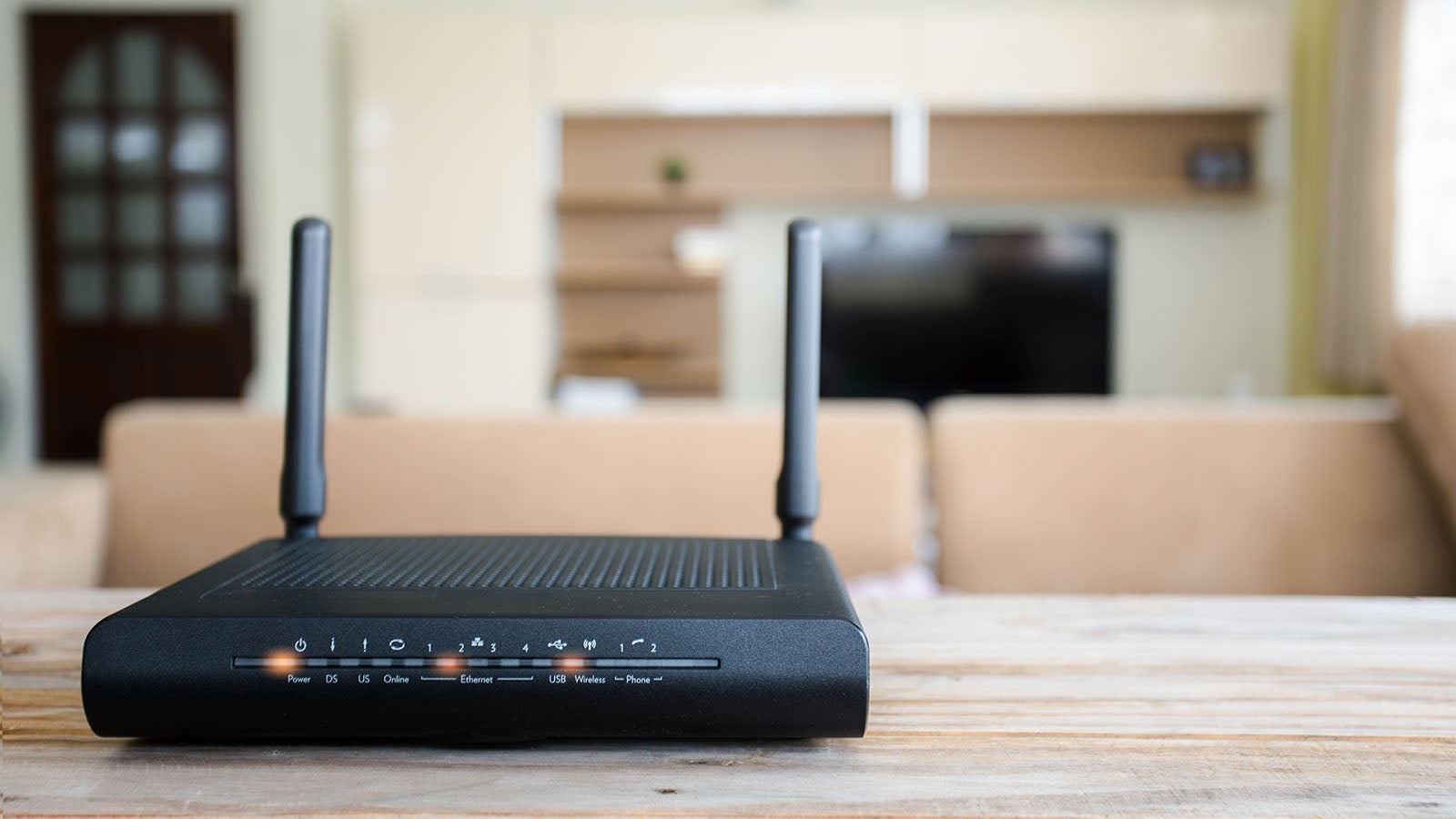
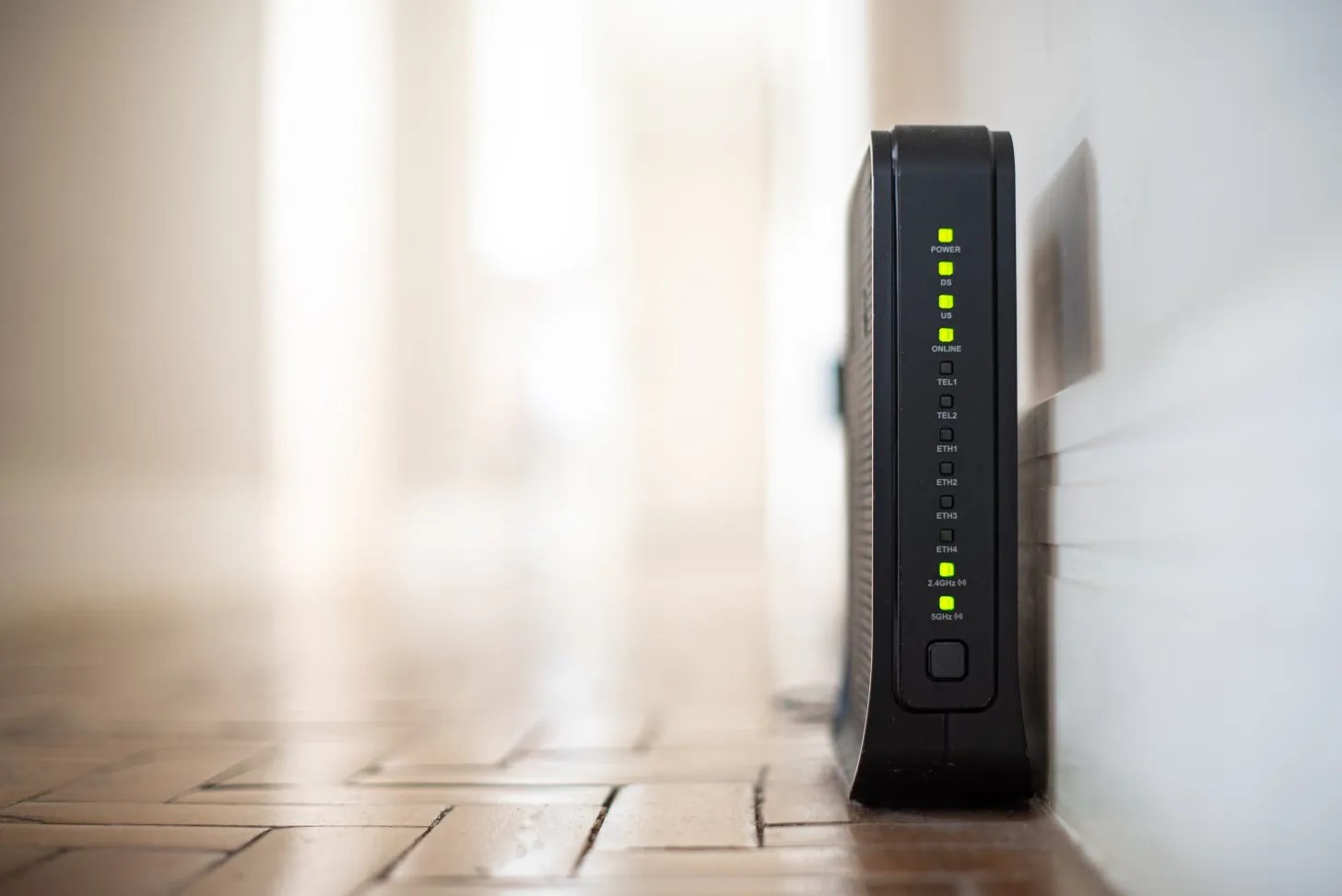
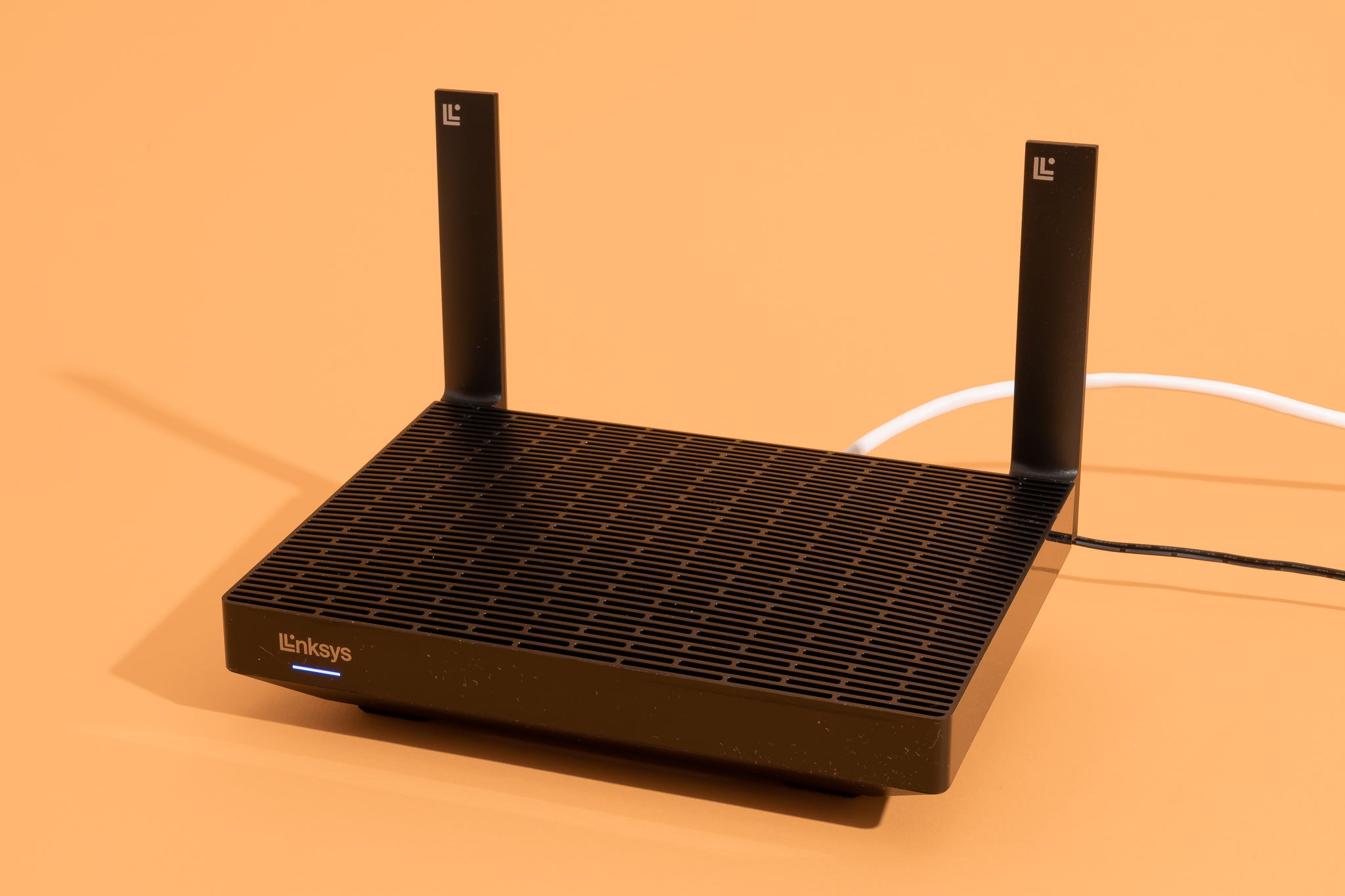


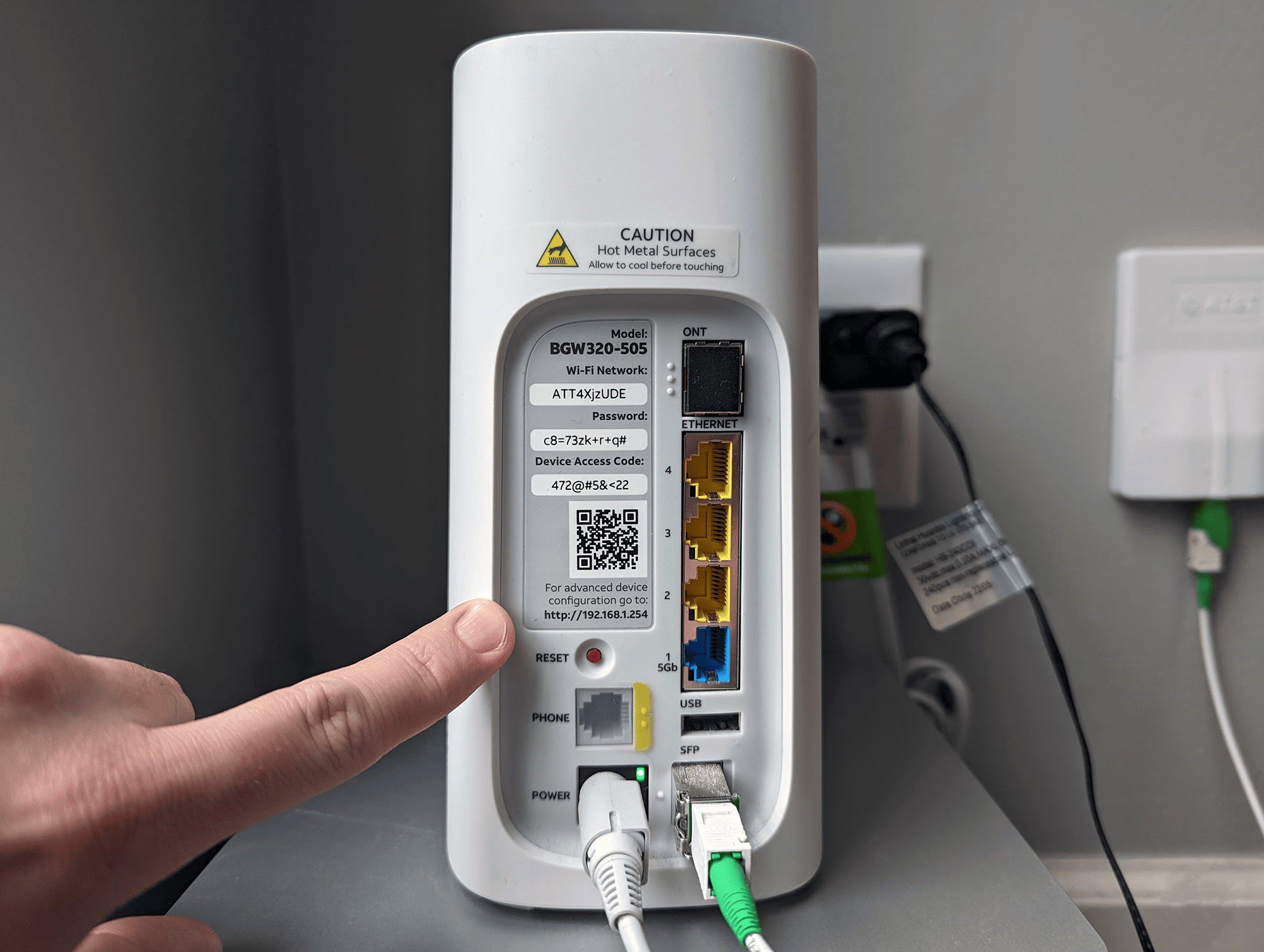

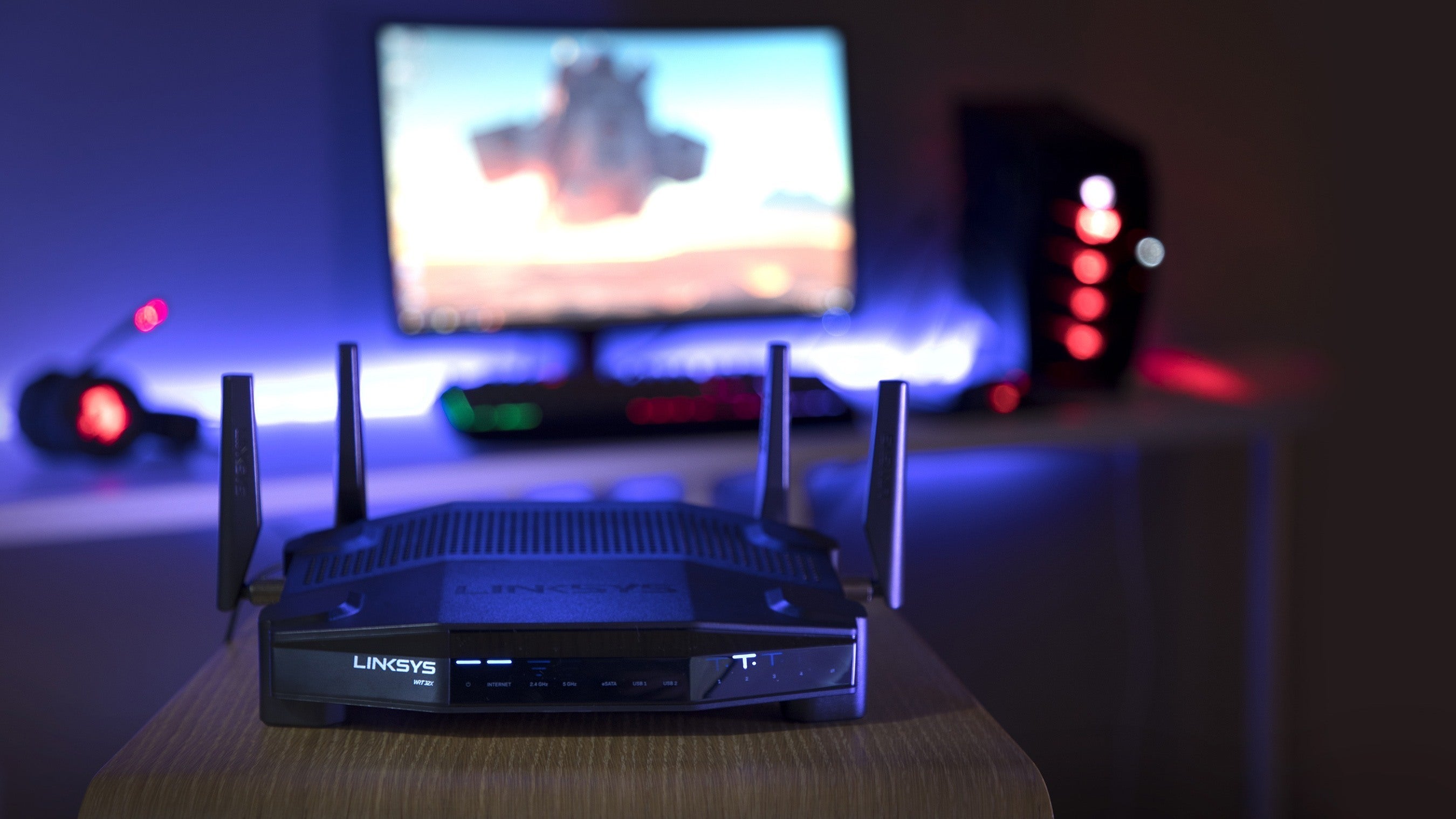
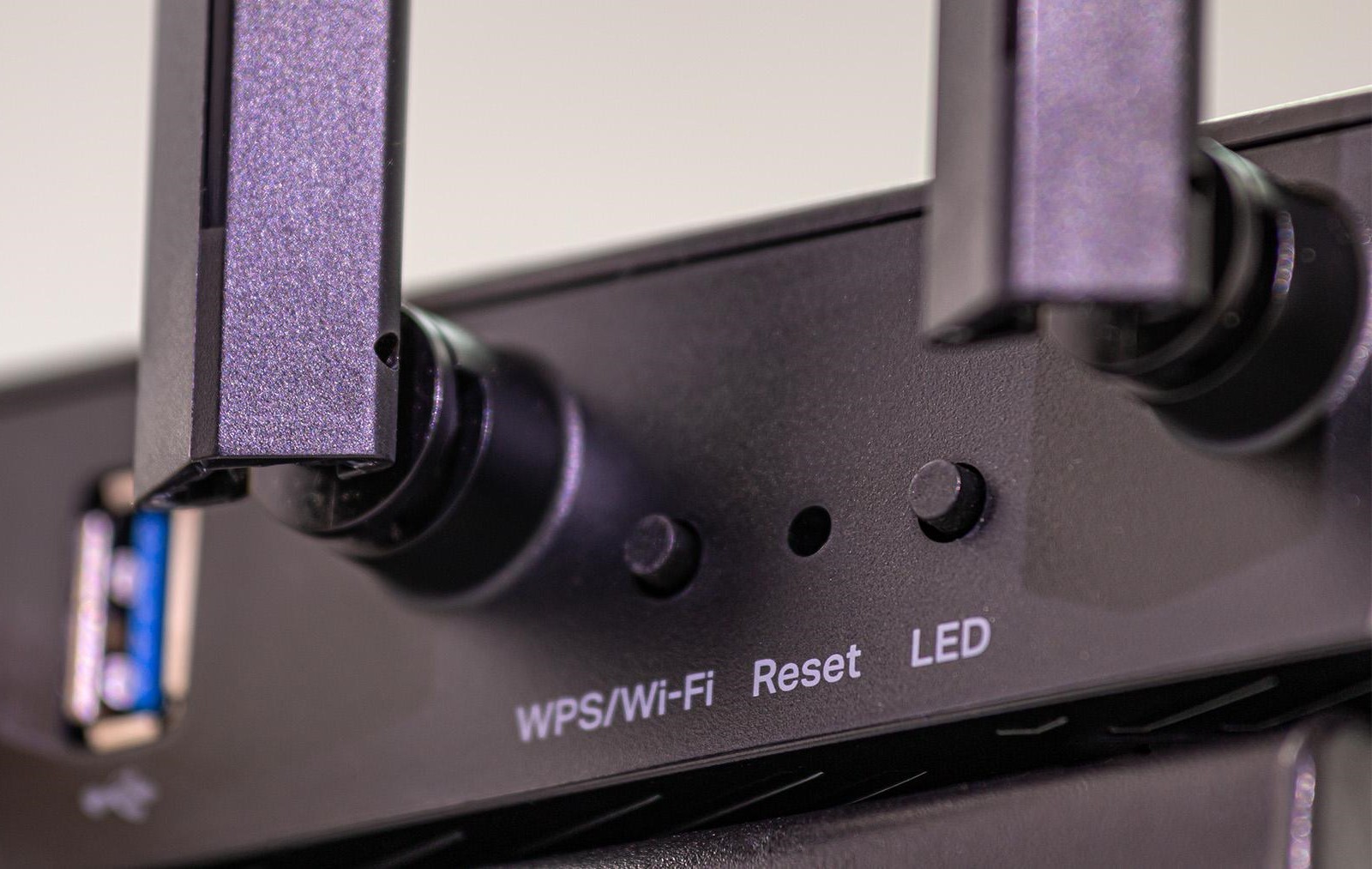
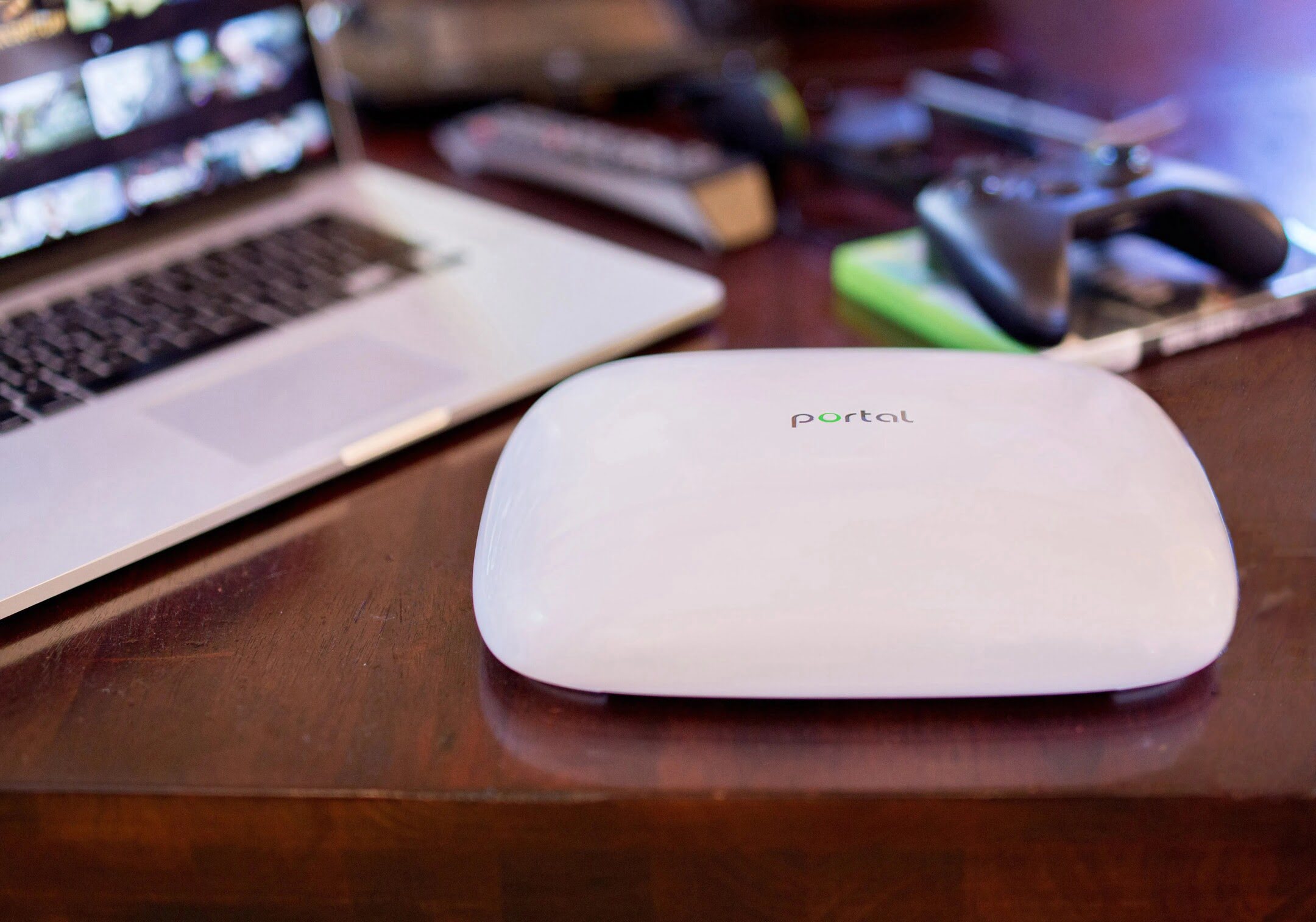
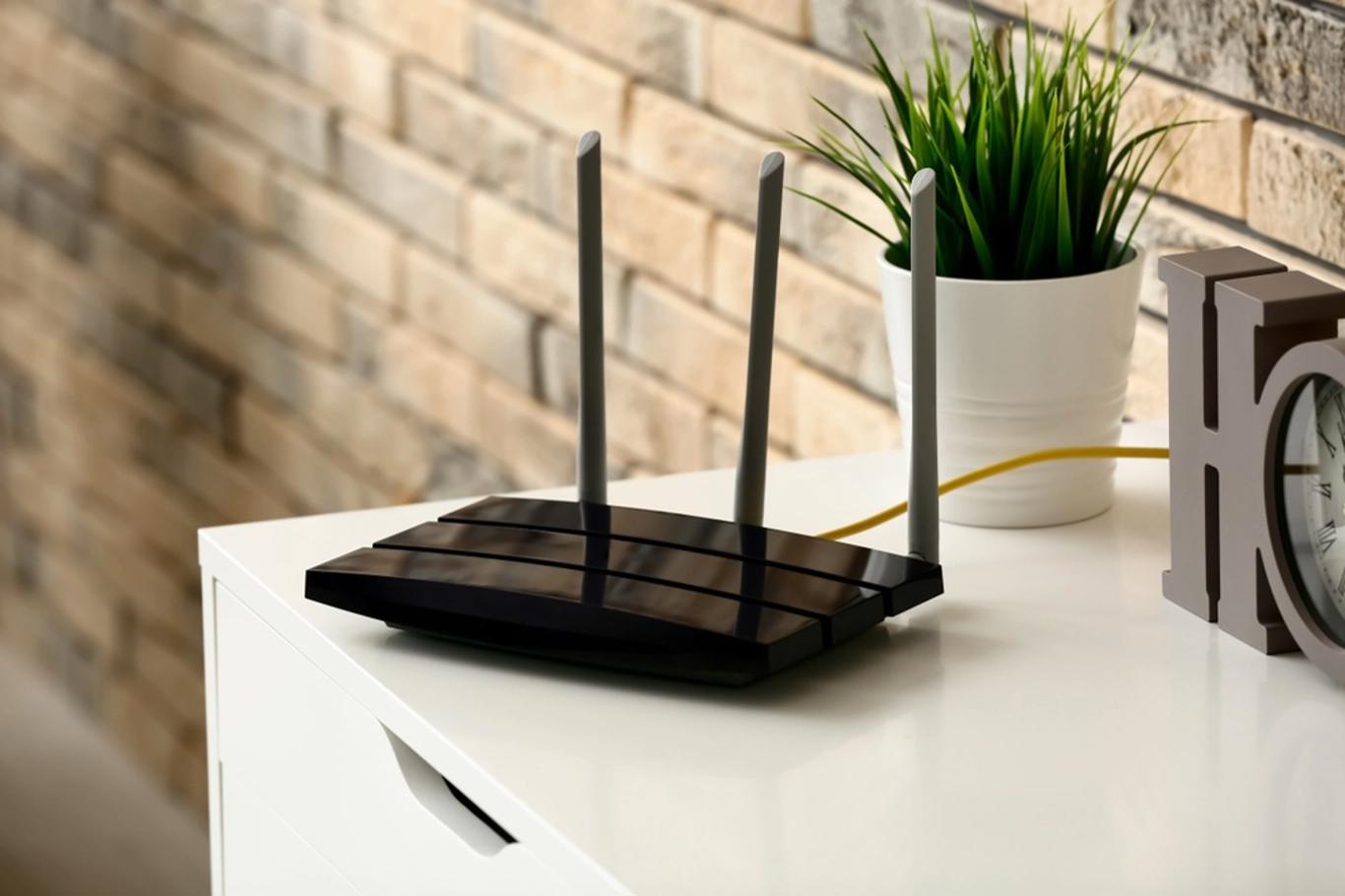
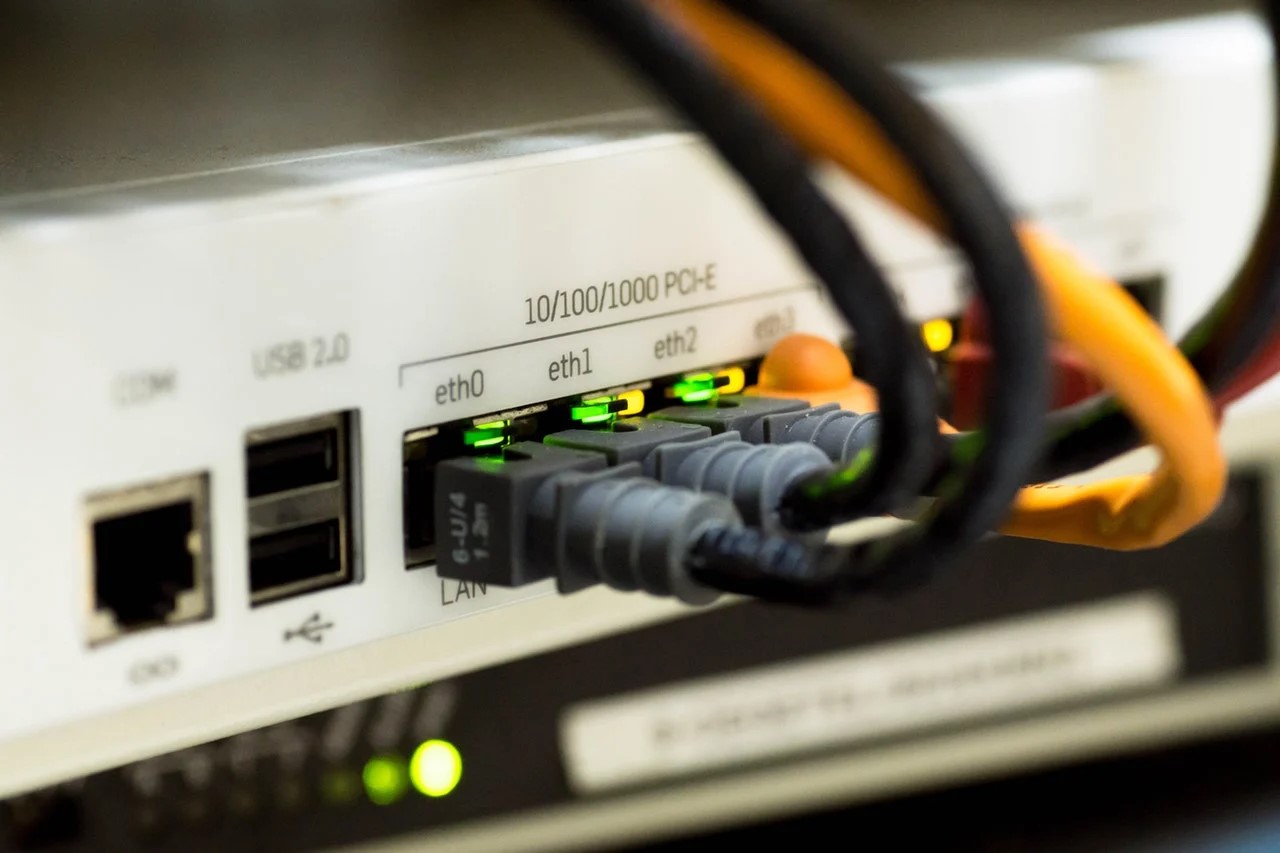
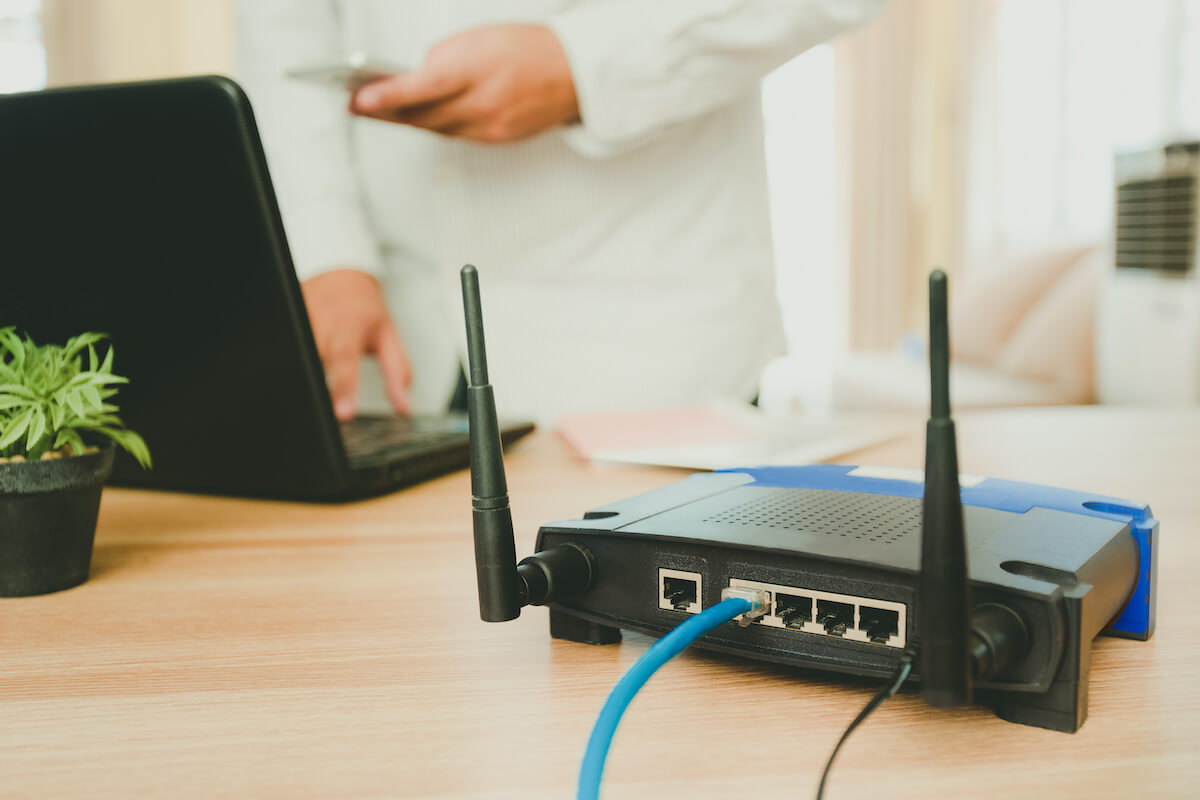


0 thoughts on “How To Update My Wi-Fi Router”